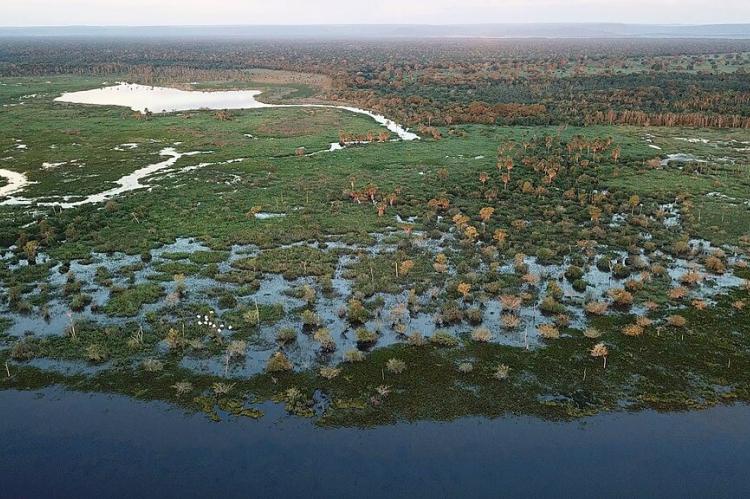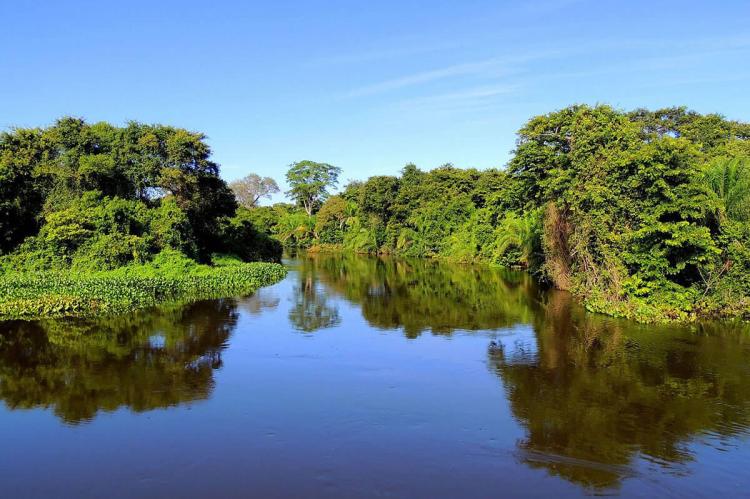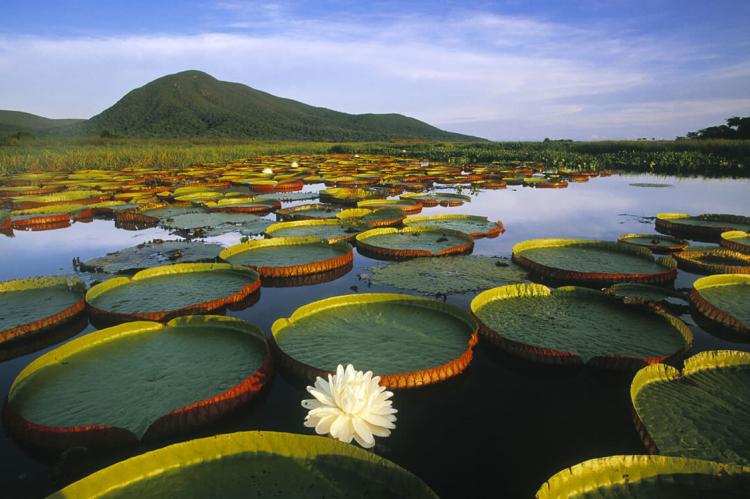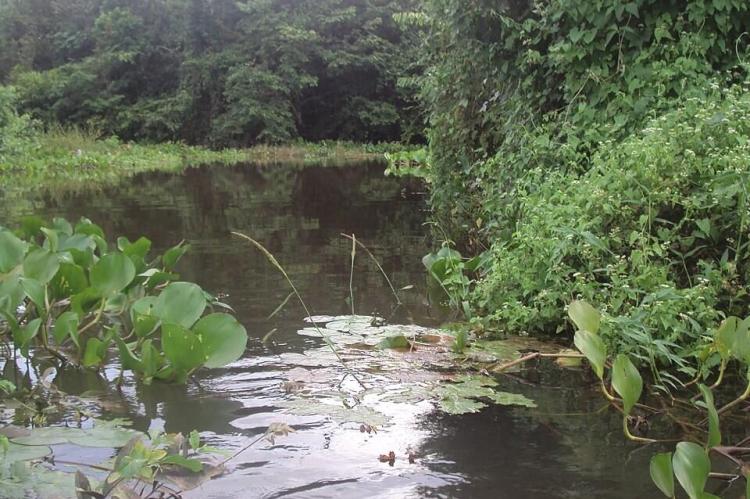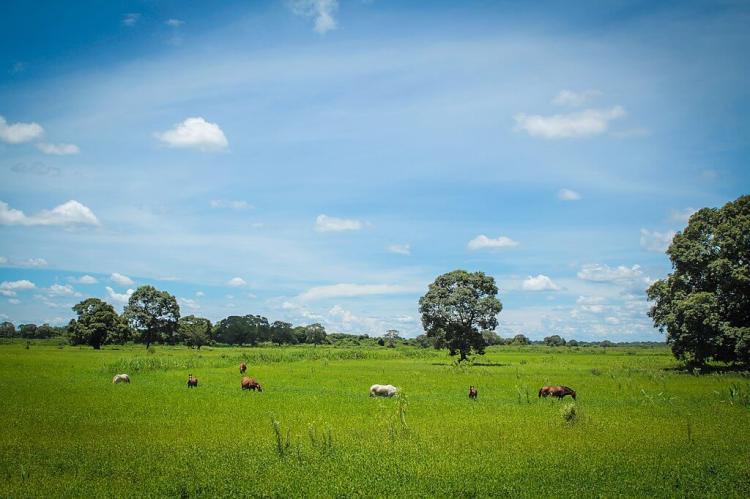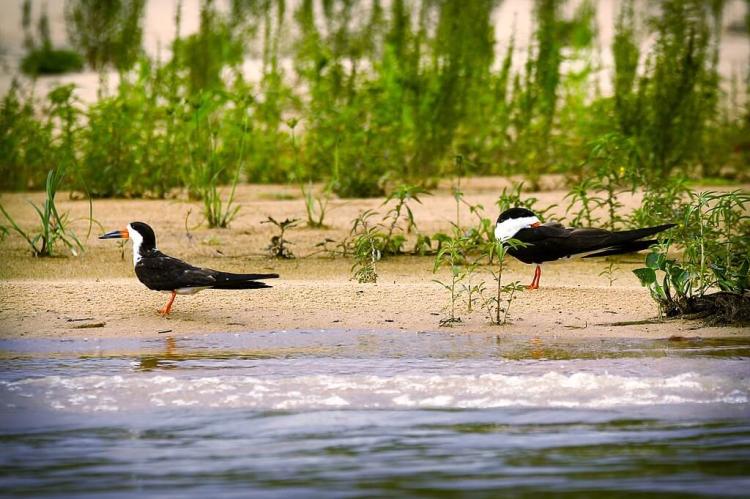The Pantanal: Unraveling the Marvels of the World's Largest Tropical Wetland
The Pantanal is the largest tropical wetland in the world, primarily located in the Center-West Region of Brazil. It also extends into Paraguay and Bolivia, forming a breathtaking ecological masterpiece. The wetland is a seasonal floodplain and boasts diverse landscapes and vibrant ecosystems.
The Pantanal
Unraveling the Marvels of the World's Largest Tropical Wetland
The Pantanal, the world's largest tropical wetland, unfolds as a colossal seasonal floodplain predominantly situated within Mato Grosso and Mato Grosso do Sul in Brazil's Center-West Region. However, its expansive reach extends into northeastern Paraguay and southeastern Bolivia, creating an ecological masterpiece that captivates with its diverse landscapes and vibrant ecosystems.
Geographical Context
Bordered by the Chiquitano dry forests to the west and northwest, the Arid Chaco dry forests to the southwest, and the Humid Chaco to the south, the Pantanal is a dynamic region interwoven with distinct hydrological, geological, and ecological features. The Cerrado savannas encircle it to the north, east, and southeast, contributing to the rich diversity of this unique wetland.
Ecosystem Diversity and Size
Comprising various subregional ecosystems, each with its own hydrological and ecological nuances, the Pantanal boasts up to 12 defined ecosystems. Spanning an impressive 140,000 to 195,000 square kilometers (54,000 to 75,000 square miles), this vast, gently-sloped basin acts as a natural reservoir, collecting runoff from the Brazilian Highlands. The release of this water occurs gradually through the Paraguay River and its tributaries.
Seasonal Transformation and Wildlife Spectacle
The Pantanal undergoes a dramatic annual transformation, with torrential rains inundating the basin, creating an expansive flooded landscape. Subsequently, as the rains retreat, the water drains into the Paraguay River, leaving pools teeming with fish and snails. These aquatic havens become magnets for large flocks of egrets, storks, and spoonbills.
During the rainy seasons, approximately 80% of the Pantanal floodplains are submerged, nurturing a rich collection of aquatic plants and sustaining diverse animal species. This pristine landscape hosts South America's highest concentration of wildlife, making it a sanctuary for nature enthusiasts and researchers.
Biodiversity Extravaganza
The Pantanal is a haven for biodiversity, accommodating crucial sanctuaries for migratory birds, vital nursery grounds for aquatic life, and habitats for iconic creatures like the yacare caiman, deer, and the majestic Pantanal jaguar.
Home to an astounding array of species, the ecosystem boasts 1,000 bird species, 400 fish species, 300 mammalian species, 480 reptile species, and over 9,000 subspecies of invertebrates. Among the rare inhabitants are the marsh deer (Blastocerus dichotomus) and the giant river otter (Pteroneura brasiliensis).
Endangered or threatened species find refuge in the Pantanal, including the hyacinth macaw (Anodorhyncus hyacinthinus), the crowned solitary eagle, the maned wolf (Chrysocyon brachyurus), the bush dog (Speothos venaticus), the South American tapir (Tapirus terrestris), and the giant anteater (Myrmecophaga tridactyla).
Typical residents include the capybara (Hydrochoerus hydrochaeris), ocelot (Leopardus pardalis), and yacare caiman (Caiman yacare), with the Pantanal holding the record for the highest concentration of crocodilians on Earth, boasting around 10 million caimans according to 1996 data.
Notably, the Pantanal nurtures one of Earth's most robust jaguar (Panthera onca) populations, contributing to conserving this iconic big cat species.
Conservation Challenges and Initiatives
While much of the Pantanal remains in close-to-pristine condition, it faces threats from pesticide runoff and gold mining from neighboring agricultural lands. Recognizing its ecological significance, UNESCO designates the Pantanal Conservation Area as a World Heritage site, encompassing the Pantanal Matogrossense National Park and the Special Reserves of Acurizal, Penha, and Dorochê.
Furthermore, the Pantanal Biosphere Reserve spans the Brazilian states of Mato Grosso, Mato Grosso do Sul, and a portion of Goiás State, contributing to the comprehensive efforts to safeguard this ecological treasure.
In conclusion, the Pantanal stands as a testament to the delicate balance between human activities and the preservation of Earth's natural wonders. Its awe-inspiring biodiversity and unique ecosystems make it a global conservation priority and an irreplaceable destination for those seeking to immerse themselves in the marvels of the natural world.
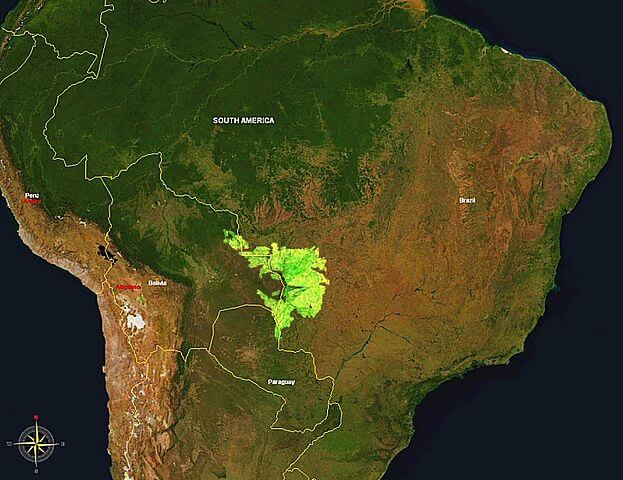
Map depicting the location of the Pantanal region.
